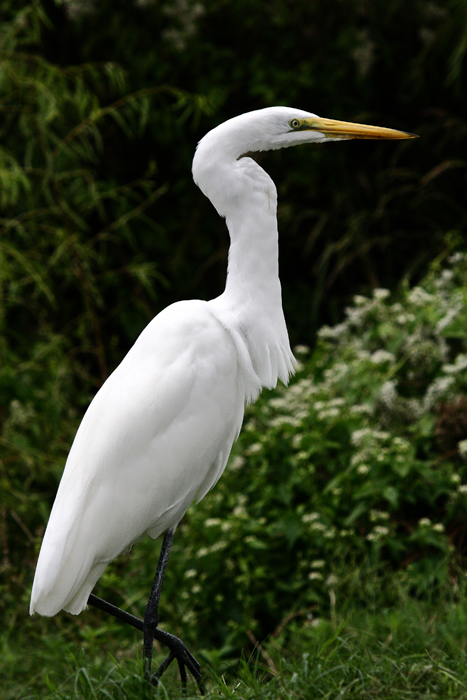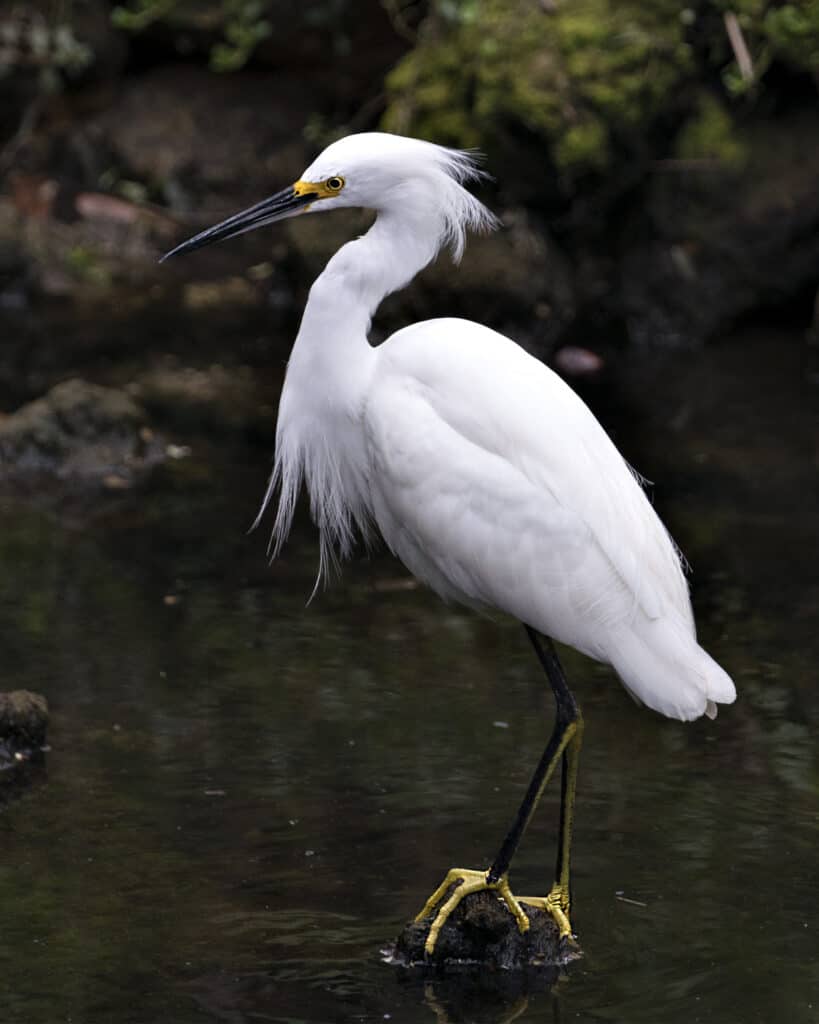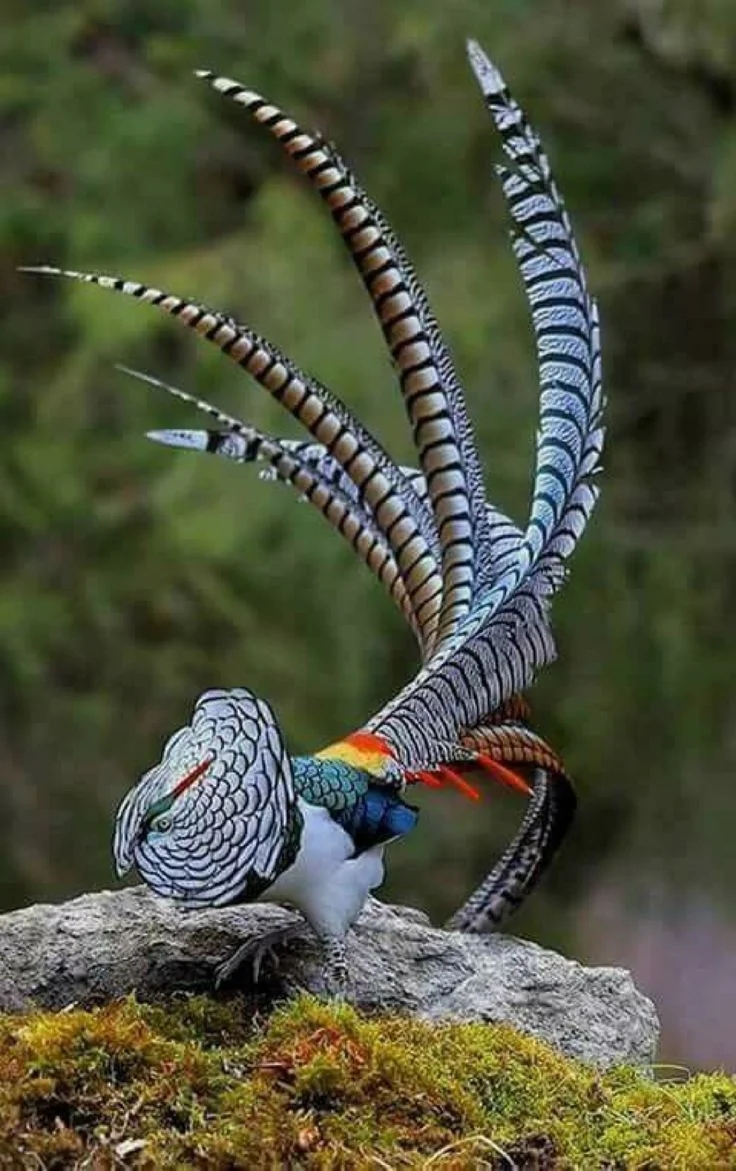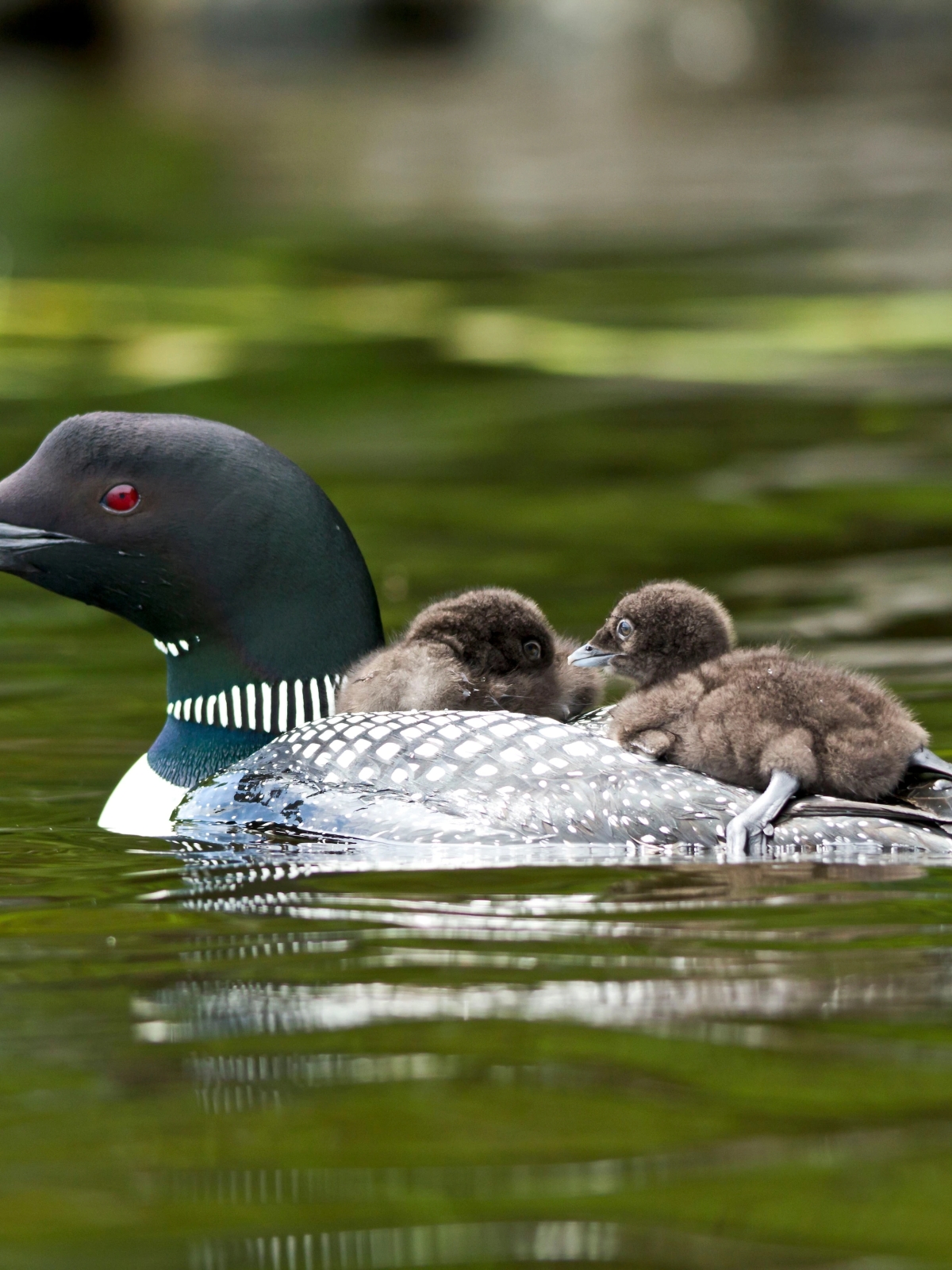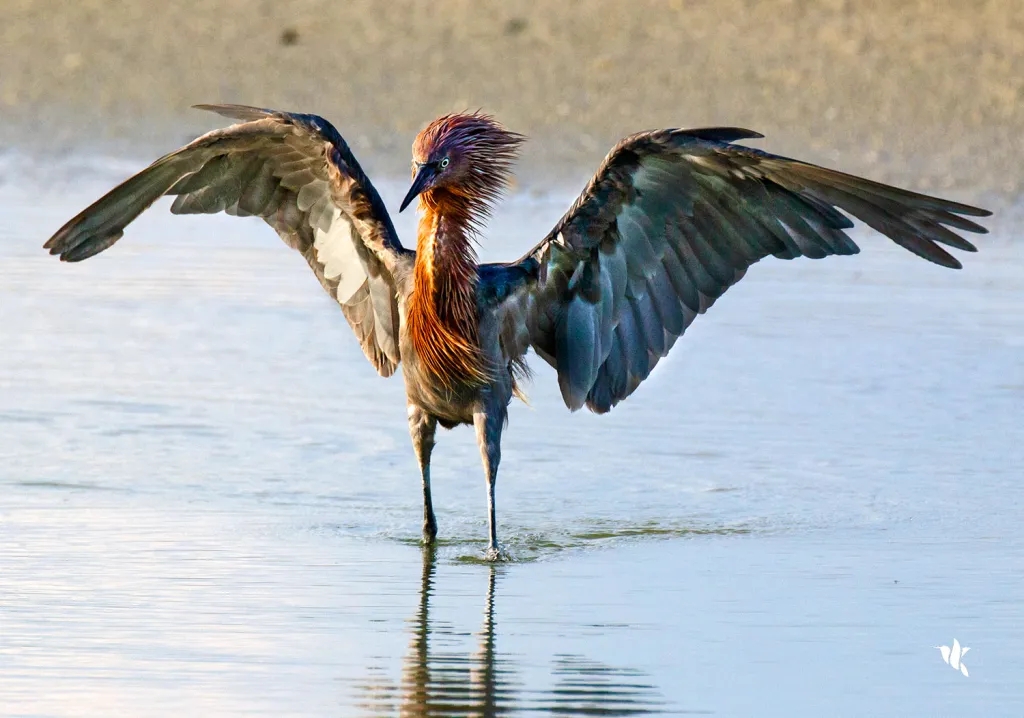The Bar-tailed godwit (Limosa lapponica) is a large wader. The migration of its subspecies Limosa lapponica baueri across the Pacific Ocean from Alaska to New Zealand is the longest known non-stop flight of any bird, and also the longest journey without pausing to feed by any animal. The round-trip migration for this subspecies is over 29,000 km (18,020 mi).

Appearance
The Bar-tailed godwit is a relatively short-legged species of godwit. The adult has blue-grey legs and a long, tapering, slightly upturned bi-colored bill: pink at the base and black towards the tip. The neck, breast, and belly are unbroken brick red in breeding plumage, and dark brown above. Females’ breeding plumage is much duller than males, with a chestnut to cinnamon belly. Breeding plumage is not fully apparent until the third year, and there are three distinguishable age classes; during their first migration north immature males are noticeably paler in colour than more mature males. Non-breeding birds seen in the Southern Hemisphere are plain grey-brown with darker feather centres, giving them a striped look, and are whitish underneath. Juveniles are similar to non-breeding adults but more buff overall with streaked plumages on flanks and breast.

Distribution
Geography
Bar-tailed godwits breed in Scandinavia, northern Asia, and Alaska and migrate to coastal East and South Asia, Australia, Africa, northwestern Europe, and New Zealand. Their breeding grounds include open tundra, mudflats, marshy and swampy areas, river valleys, lakes, and bogs. The winter habitats are usually located along muddy coastlines, estuaries, shallow bays and lagoons.
Habits and Lifestyle
Bar-tailed godwits are social but extremely wary birds. They congregate in flocks but when feeding during the day they may disperse individually or in small groups. Bar-tailed godwits forage by probing in mudflats or marshes using their long sensitive bills. They may also find insects by sight in short vegetation. When birds are alarmed they produce high-pitched “kik” or “kiv-ik”. During courtship displays and on nesting grounds their calls sound as “a-wik, a-wik, a-wik” and a “ku-wew, ku-wew”.
Diet and Nutrition
Bar-tailed godwits are carnivores and eat mainly insects, crustaceans, and mollusks. They may also feed on parts of aquatic plants, seeds, and berries occasionally.

Mating Habits
Bar-tailed godwits are monogamous which means that one male mates with only one female. They breed between May and June performing courtship displays in which the male circles high above the nest site and calls loudly. The nest is a shallow cup in moss sometimes lined with vegetation. The female lays 2 to 4 which are incubated about 20-22 days. Both parents share incubation of the eggs and care for the young. The chicks are precocial (fully-developed; they hatch with their eyes open and are able to follow their parents to nearby marshy areas to find their own food. The young fledge and become independent from their parents when they are 1 month old reach reproductive maturity at 2 years of age.

Population
Population threats
Major threats to Bar-tailed godwits include habitat loss due to residential and commercial development, expansion of the agriculture and mining, climate change and serve weather as well as hunting in some areas of their range. They also suffer from pollution, human disturbance, and outbreaks of infectious diseases.




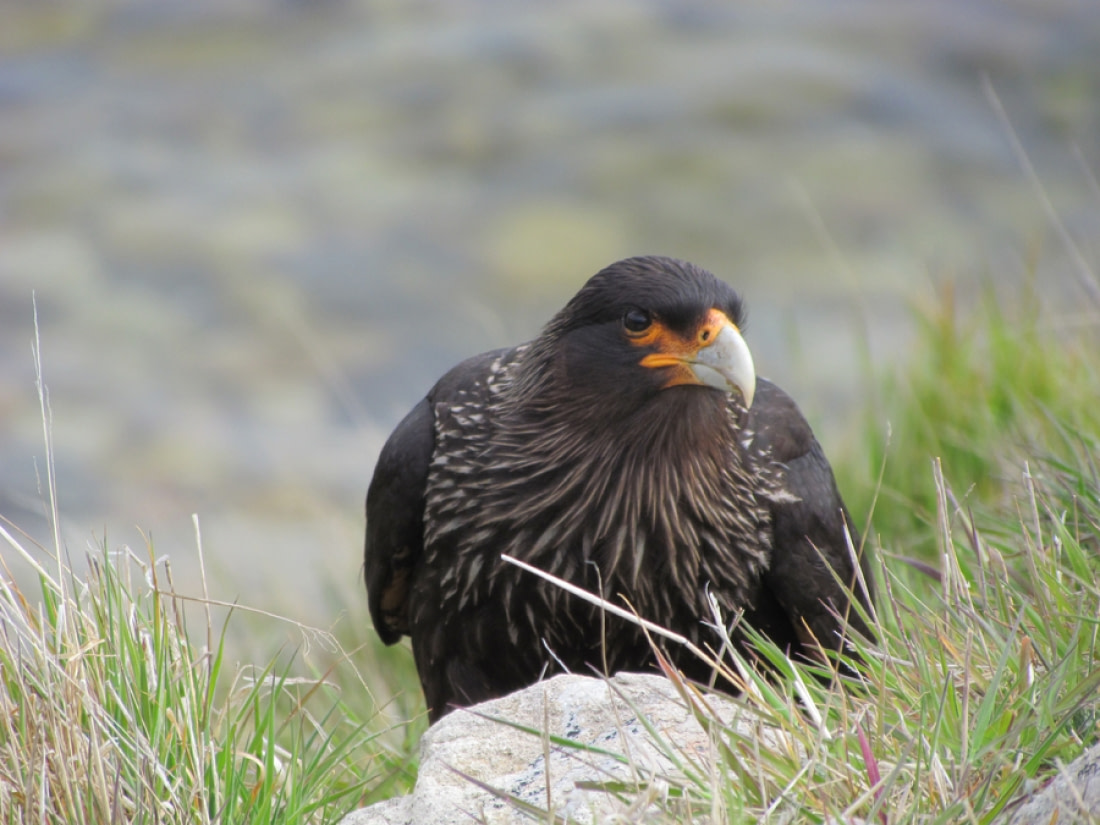
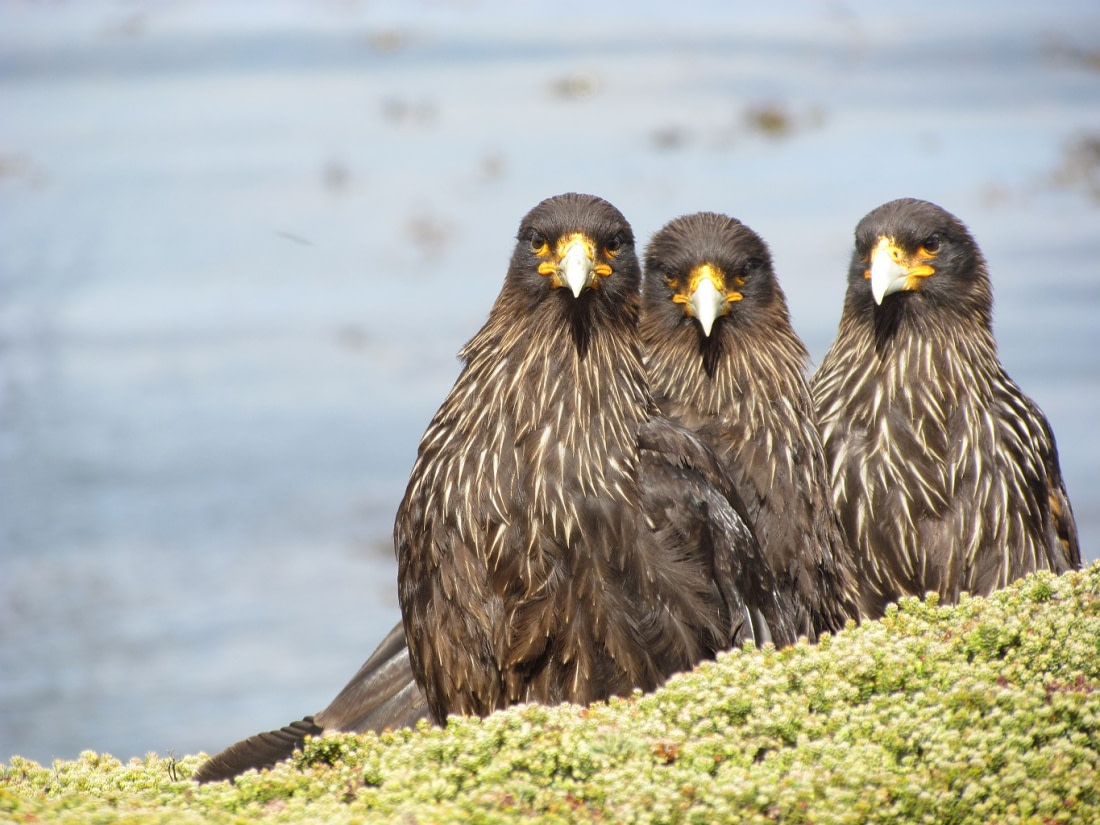
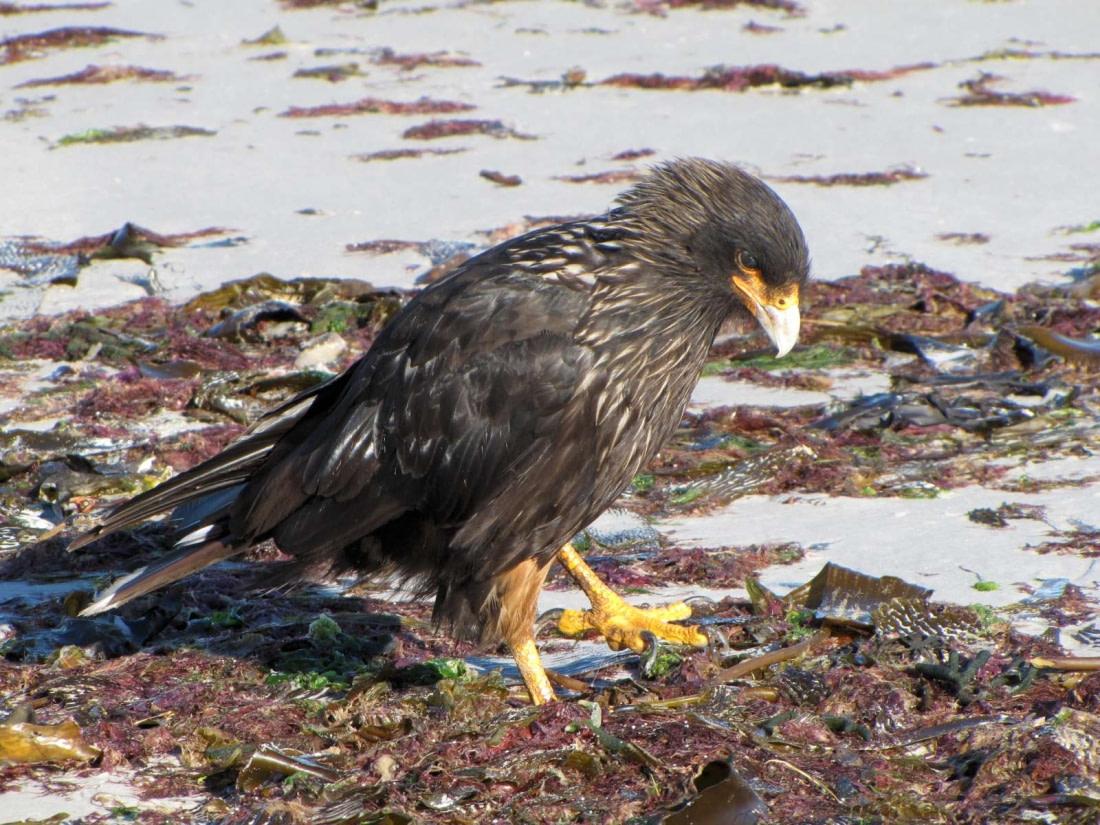
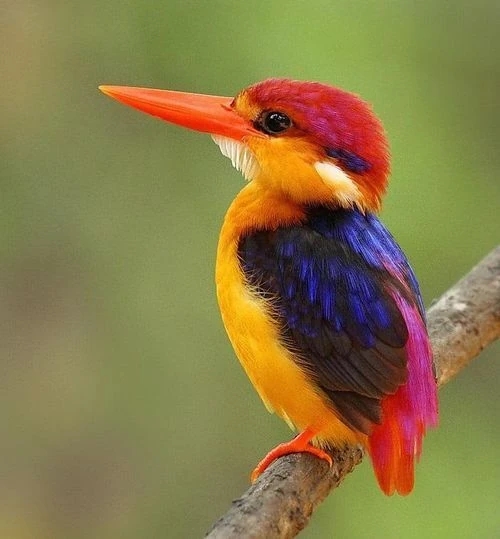

_Photograph_By_Shantanu_Kuveskar,_Mangaon,_Maharashtra,_India.jpg)

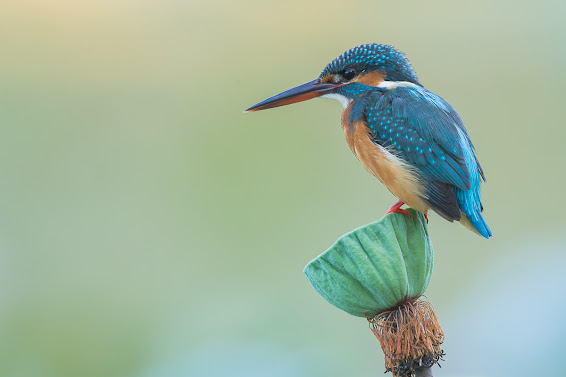
.jpg)





